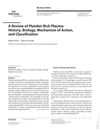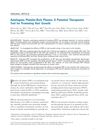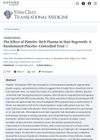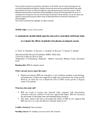growth factors taken from your blood and injected into your scalp to stimulate hair
commercial product with a blend of mostly natural ingredients for hair regrowth
technique to create small wounds in skin to activate collagen production and hair growth



